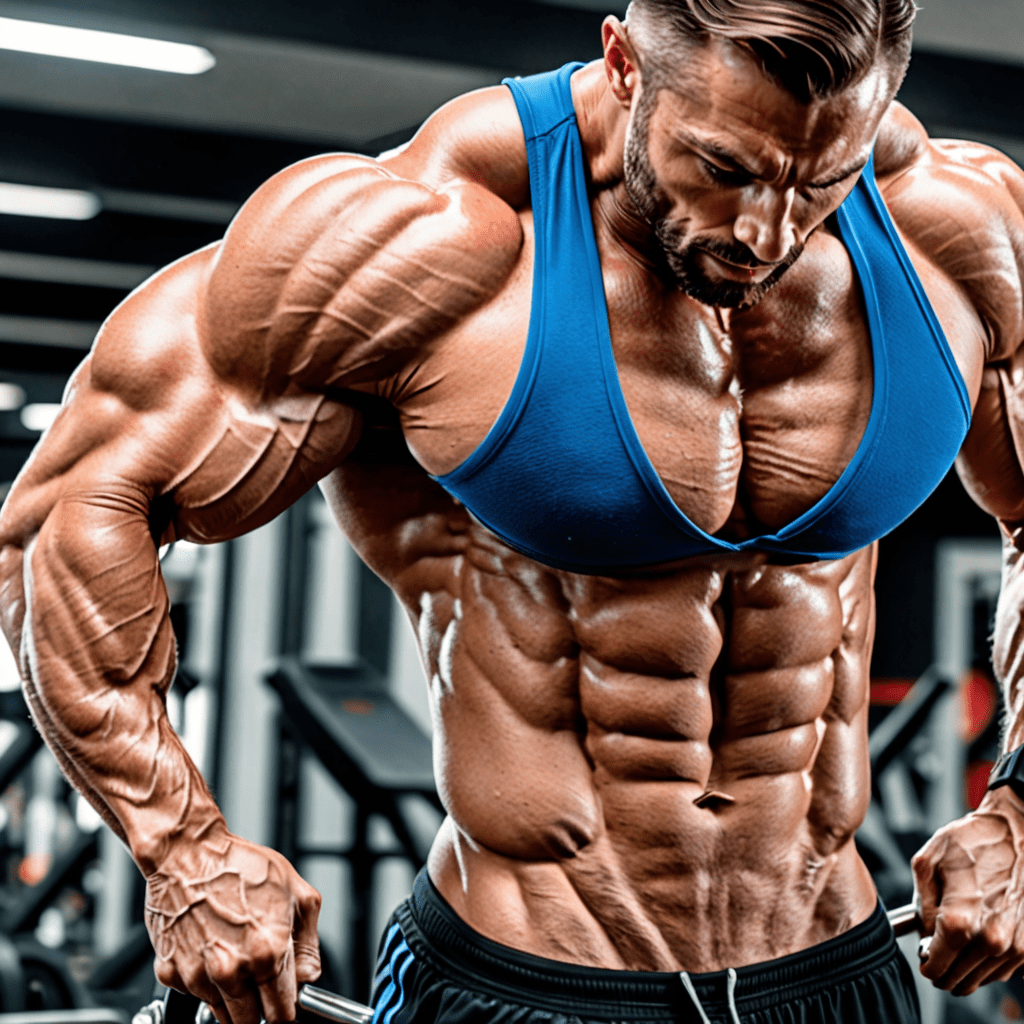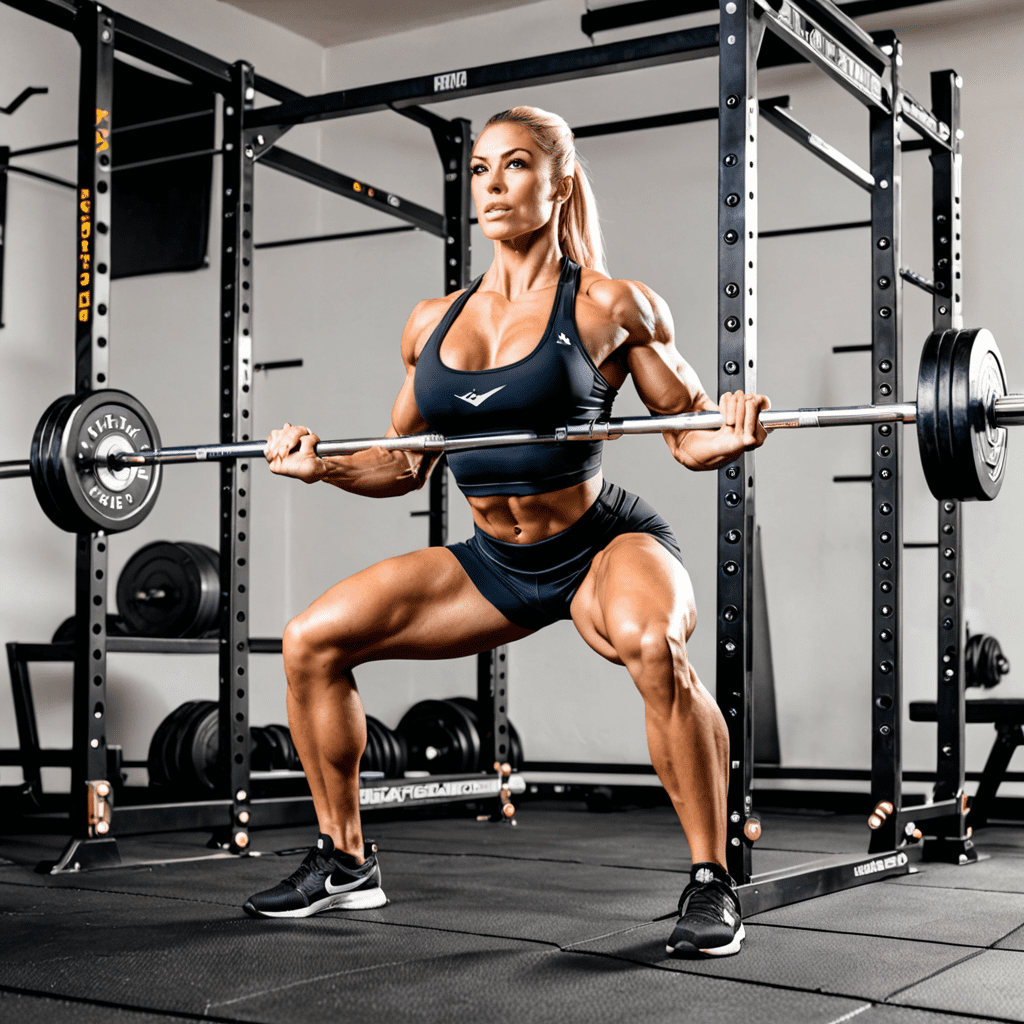
Activate Your Muscles: Discover the Power Behind Push-Up Movements!
The Importance of Push-Ups in Strength Training
Push-ups are an essential bodyweight exercise that targets multiple muscle groups. They are an effective way to build upper body strength and endurance.
Understanding the Muscles Engaged During Push-Ups
Push-ups primarily target the chest, shoulders, and triceps. However, various other muscles, including the core and lower body muscles, are also engaged to stabilize and support the body during the movement.
The Most Active Muscle During Push-Ups
Based on biomechanical studies and electromyography (EMG) data, the most active muscle during push-ups is the pectoralis major, which is the largest muscle in the chest. It is responsible for horizontal adduction and internal rotation of the shoulder joint, both of which are critical movements during push-ups.
Role of the Pectoralis Major in Push-Ups
The pectoralis major is highly engaged during the lowering (eccentric) phase of the push-up, as it works to control the descent of the body. During the pushing (concentric) phase, it contracts to extend the shoulder joint and return to the starting position.
Additional Muscles Involved in Push-Ups
While the pectoralis major is the most active muscle during push-ups, other muscles play significant roles, including the deltoids, triceps, serratus anterior, and core stabilizers such as the rectus abdominis and obliques. These muscles work synergistically to execute and stabilize the push-up movements.
Frequently Asked Questions (FAQ)
Q: Are push-ups suitable for all fitness levels?
A: Yes, push-ups can be modified to accommodate different fitness levels, such as performing them on an incline or from the knees.


